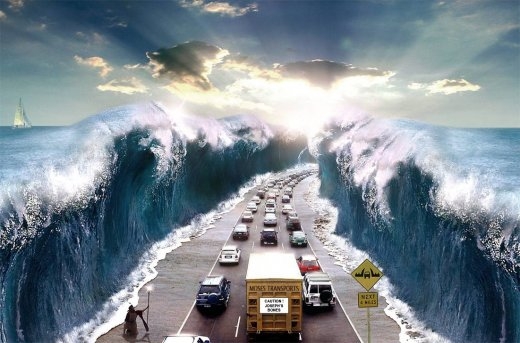
INQUIRER: Continuing a long-running downward trend, Philadelphia lost more residents between 2000 and 2007 than any U.S. city except hurricane-ravaged New Orleans, newly released estimates from the U.S. Census Bureau show. Population in the city decreased from 1,517,550 to 1,449,634 in the seven years, a loss of nearly 68,000 people, according to Greg Harper, a demographer for the bureau. That drop of 4.5 percent represents the largest percentage loss in population of a top-25 U.S. city between 2000 and 2007, figures show. Viewed more broadly, the population of the Philadelphia region as a whole has grown even as the number of people in its urban center has declined. The populations in the counties surrounding the city have either remained stable or increased, though experts say these changes are not necessarily linked to the city’s loss.
In the bureau’s latest analysis, Philadelphia’s rate of loss exceeded those of Detroit (3.6 percent), Baltimore and Chicago (both 2.1 percent). Conversely, Boston and New York increased in population over the seven years, at the rates of 1.7 percent and 3.3 percent, respectively. “Philadelphia has been losing population for a while,” Harper said. “It’s not a new trend.” Between 1990 and 2000, for example, the city lost 68,027 people, the third-highest number among 243 cities with populations of more than 100,000, Harper said. “That’s pretty consistent,” Harper said. “Philadelphia is one of the fastest-losing cities in the country.” Last year, Phoenix supplanted Philadelphia as the fifth-largest U.S. city, with a population of 1,552,259. Philadelphia’s population peaked at 2,071,605 in 1950, and has dwindled ever since. The city’s current population is the lowest since the start of the 20th century, when the number of residents increased from 1.3 million in 1900 to 1.6 million in 1920, figures show. MORE
